RobLawMax Guide to Successful Onboarding

Hiring someone is the culmination of a lot of work, and the first step in hopefully a long and fruitful relationship. However, your work is not over when the agreement is signed. Without a structured and planned onboarding process, all your efforts could be undone, and the risk of your new hire departing quickly increases. That doesn’t mean you need to panic though; there are a few core steps you can take to ensure all that time, effort, and money doesn’t go to waste, and the hire is successful.
Onboarding is for Everyone
In our industry we find that there is a clear correlation between performance and comfort within the individual’s new environment. Therefore, the sooner that employers can help someone feel part of the organization and valued amongst their peers, then the sooner they reap the benefits of their employment.
This connection is not limited to trainees, in fact often it is the more senior hires that can be more complicated as they will join with a self-perceived ‘expectation’ of what they should deliver. This desire to ‘prove themselves’ can become quite detrimental if not managed by sound expectations and regular follow-up over the first few months of their employment.
Start Before the First Day
While the orientation process won’t kick off in earnest until the employee starts, it’s important to think of your onboarding process as something that begins even before your first contact with the candidate.
Even when writing the job description, it’s important to set the tone for the rest of the process. No matter how tempting it is, it’s important to not oversell a position. As a new starter, there is nothing worse than starting a role with a certain set of expectations, only to have them not be met. Be honest and up front about the role, cover the good, the bad and the ugly, ensure they know what they are in for, and what is going to be expected of them.
Your application and interview process also play a key part. This sets the scene and forms the expectations for the person joining. A poorly structured interview process may still result in a hire, but the excitement, eagerness and enthusiasm of that new starter may be tempered with a little bit of doubt about the organisation’s competence.
Communicate
Don’t think that just because you have extended the offer and obtained the all-important signature that the job is done. You need to follow up. Help through the resignation process if required, and talk to them after they have resigned to strengthen those bonds. A weekly call during the notice period too for both parties to update each other on progress and keep the connection and positive vibe can also be valuable. Maybe a coffee or an email or call from a business leader, their manager or team members will improve the feelings of belonging and positive anticipation of starting.
Connect
I like the idea of sending a special message from the CEO or MD, along with all the normal employment documentation to make it personal. Sending a welcome pack to a new employee’s home can re-enforce their decision and allows their families, their community, to buy into the excitement too. It can also be valuable to have the new employee meet up with their team on a Friday afternoon, or for a morning tea, prior to their first day to forge those connections early on and help everybody get to know each other better before they start.
Prepare
There is not much worse than turning up on day one, excitement and nerves piqued only to have the receptionist look at you blankly, having no idea who you are. Make sure everyone knows there is a new starter and is prepared for it. This starts at the very basics; do they have a phone or PPE? Do they have all the things they need to complete their job; computer, stationery, logins, business cards and all the other essential items need to be there and ready.
Induct
When it is time for induction, ensure it has been thought through. Don’t just sit someone in an old office, blow the dust off the old Quality Manual and say, “Good luck”! This is your chance to give a great first impression of what the new employee’s working life is going to be like for the foreseeable future. It cannot just be a boring, multiple-hour lecture or self-directed reading. Sure, there are certain essentials that will need to be covered, and paperwork that needs to be sorted, but aim to do that before they start so they can get stuck into real work or meeting key people on the first day. Help them contribute, as well as feel part of the team from the get-go.
Learning Doesn’t Stop on Day One
Much like its beginning, the onboarding process ends long after the new employee has walked through the door and started. After an initial week or so, your new employee will be a little more settled in, but that doesn’t mean the learning and period of adjustment is finished.
Goal setting is an important part of onboarding, and your new starter needs to know what to expect and what is expected of them. Having a 30, 60, and 90-day plan, with firm goals to give the new hire a plan of what they should be achieving and management an idea of what to expect. This will give structure, comfort, and belief in their contribution. Tracking progress of these goals will take away the angst of a new starter as they can see results and won’t have to wait for that first performance review to see what people really think of them.
Be fair but be creative. There are also ways that you can help a new senior staff member gain credibility without revenue targets being their exclusive performance measure. This could include involving them in staff training, where they can share their knowledge & experience, engagement in strategic or business planning sessions, or by way of encouraging them to make industry introductions to their peers and subordinates. Keep your standards consistent but tailor the degree of involvement to the individual.
Summary
Onboarding is a vitally important step ensuring your next hire is productive, and if done properly it will have a significant impact on increasing retention rates within your business. Try to avoid a one-size-fits-all approach to your onboarding, and instead do what you can to tailor it for each role or person. The critical part of on-boarding is to make someone feel welcome, respected, supported and valued. A proper induction will help someone be happier with their decision to join your business, and feel at ease that they have made the right choice.
If you feel that your onboarding process needs improvement and you are not sure where to start, or if you’re looking for the best talent in Construction and Engineering sector, feel free to contact us here at RobLawMax.








